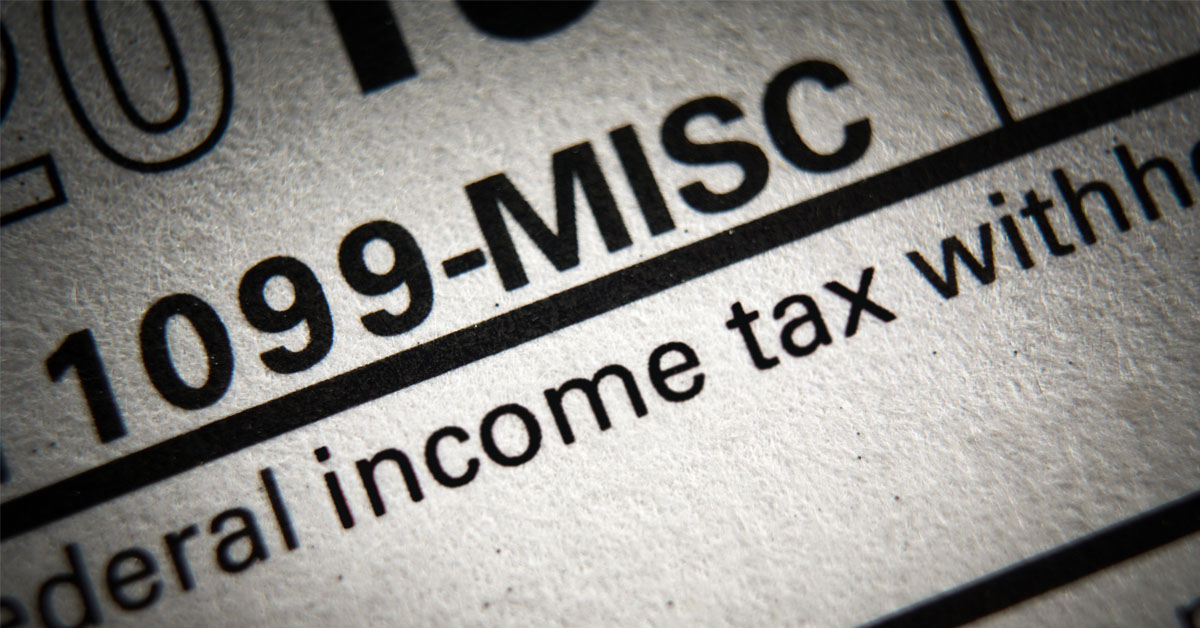3 Questions to Find the Right Accounting Partner for Your Construction Business
This article was originally written in October 2020. It has been updated with new references and information.
3 min read
 Melissa Doumbia, CPP
:
January 15, 2024
Melissa Doumbia, CPP
:
January 15, 2024

January 15, 2024 – The U.S. Department of Labor (DOL) recently issued a final rule, effective March 11, 2024, that reshapes its guidance on distinguishing between employees and independent contractors under the Fair Labor Standards Act (FLSA). This update replaces the 2021 Independent Contractor rule and introduces an analysis that is more aligned with longstanding judicial precedent.
While one goal of the final rule is to continue to help ensure workers receive the appropriate minimum wage, overtime pay, and other protections that they may be entitled to, the primary goal of the rule is intended to help employers reduce the risk of misclassifying independent contractors and avoid fines and penalties for doing so.
How is the final rule different from the previous rule?
The final rule replaces guidance from the 2021 Independent Contractor Rule by taking an approach that is more in line with the federal courts in determining employee classification and differs in the following ways:
What are the factors that determine the classification of an independent contractor?
To analyze if a worker is an independent contractor or employee, the final rule considers six factors of the economic reality test listed below (expanded details and specific examples can be found on the Department of Labor website). However, other factors in addition to those listed below may be relevant in determining whether or not a worker is economically dependent on the employer.
In addition, The final rule does not adopt an “ABC” test, which permits an independent contractor relationship only if all three factors in a three-factor test are satisfied. The DOL will instead rely on the long-standing multifactor “economic reality” test used by courts to determine whether a worker is an employee or independent contractor. This test relies on the totality of the circumstances where no one factor is determinative.
How does the new rule impact the analysis under other laws?
The final rule only revises the DOL’s interpretation under the FLSA. It has no effect on other laws—federal, state, or local—that use different standards for employee classification. For example, the final rule has no effect on those state wage-and-hour laws which use an “ABC” test to determine classification—which in most cases is considered much more stringent text because the burden of proof is placed on the employer, and the default classification of workers is set as an employee. States that use the more stringent test include AK, AR, CA, CT, DE, GA, HI, IL, IN, KS, LA, MA, MD, ME, NE, NH, NJ, NM, NV, OH, OR, RI, TN, UT, VT, WA, and WV.
In these states, a worker is treated as an independent contractor only if the worker satisfies all of the following factors:
Questions?
If you have any questions about the Department of Labor’s final rule regarding worker classification, you can get in touch with a Redpath and Company advisor, or you can visit the Department of Labor website for more information.

This article was originally written in October 2020. It has been updated with new references and information.

Editor's note: this blog was updated in 2025 with additional resources for business owners.

In a significant shift on Friday, March 21, the Financial Crimes Enforcement Network(FinCEN) has revised its Beneficial Ownership Information (BOI)...